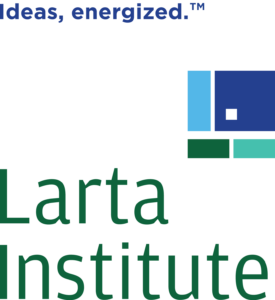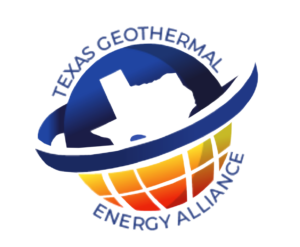
Visit MicroThermal Energy on LinkedIn
As the demand for clean, renewable energy sources grows amidst the global climate crisis, geothermal energy is emerging as a game-changer.
North America, with its vast untapped geothermal potential, is on the cusp of a geothermal transition that could reshape the region’s energy landscape.
Here’s a glimpse into the future of geothermal energy in North America and the factors driving its adoption.
The Geothermal Advantage:
Geothermal energy offers several benefits that make it an attractive option for a sustainable energy future.
It is a reliable, baseload power source, unaffected by weather or time of day.
Moreover, geothermal energy has a smaller land-use footprint compared to other renewables, and its emissions are significantly lower than those of fossil fuels.
Technology Innovations:
Advancements in geothermal technology, such as Enhanced Geothermal Systems (EGS) and advanced drilling techniques, have the potential to increase efficiency and reduce costs associated with geothermal power production.
These innovations are helping unlock previously inaccessible geothermal resources, paving the way for broader adoption across North America.
MicroThermal Energy: MicroSesimic has a commitment to rigorous fracture monitoring allows to ensure the safe and efficient utilization of geothermal resources.
By employing advanced technologies and monitoring systems, the company can accurately assess the behavior and extent of fractures in geothermal reservoirs. This proactive approach not only maximizes energy production but also minimizes the potential risks associated with geothermal operations.
By prioritizing the effective monitoring of fractures, the company demonstrates its dedication to sustainable geothermal development and its efforts to mitigate environmental impacts.
Through these practices, MicroSesimic plays a crucial role in harnessing geothermal energy while minimizing the carbon footprint and contributing to the global transition towards a greener and more sustainable future.
Policy and Regulation:
Supportive policy and regulatory frameworks are essential for driving geothermal energy growth.
Successful case studies from around the world, as well as domestic examples, demonstrate the potential of well-crafted policies to promote geothermal adoption.
As more governments recognize the benefits of geothermal energy, we can expect further policy developments to facilitate its expansion.
Financing and Investment:
Attracting investment is crucial for the growth of the geothermal sector.
In North America, public-private partnerships, funding opportunities, and risk management strategies are emerging to facilitate increased investment in geothermal projects.
As the sector gains momentum, it is expected to attract even more investors seeking sustainable, long-term returns.
Environmental and Social Considerations:
As with any energy source, geothermal development must balance its benefits with environmental and social impacts.
Strategies to minimize the effects of geothermal projects on ecosystems and local communities are necessary to ensure the responsible expansion of this clean energy source.
The geothermal transition in North America holds immense promise in the quest for a more sustainable energy future.
By embracing technology innovations, supportive policies, and responsible development, we can tap into the vast geothermal potential beneath our feet and make significant strides in combating climate change.
Better Stimulation = Greener World









